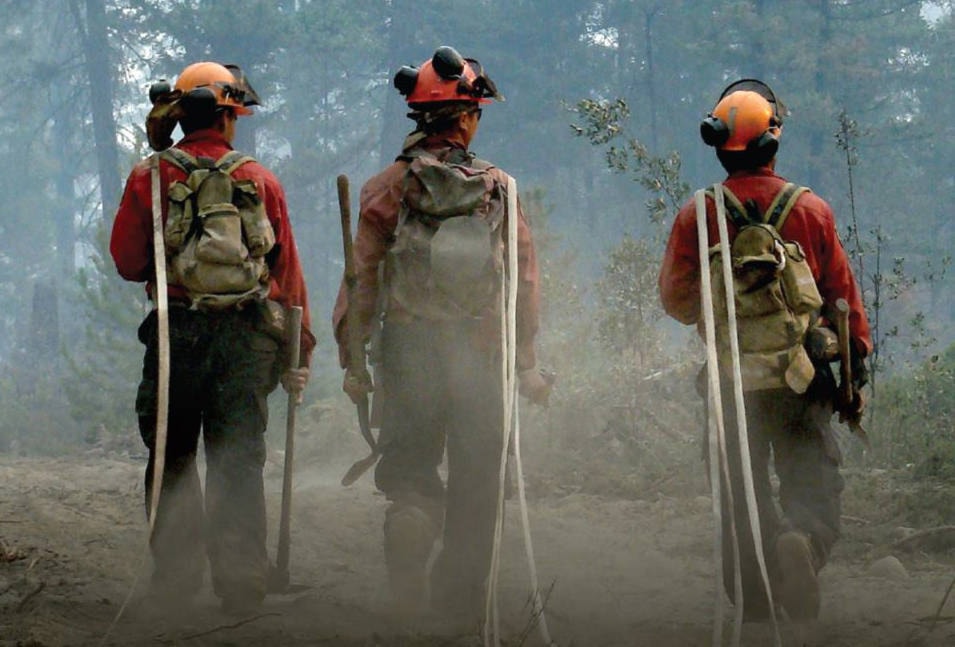The B.C. wildfire season is open, which means the Northwest Fire Centre in Smithers is ready to respond.
“We are prepared, we are responding to wildfires already and having success,” said Cathy L’Orsa, information officer at the Northwest Fire Centre.
The centre is subdivided into five smaller zones, with crews based in Telkwa, Houston, Burns Lake, Hazelton and Terrace. Dease Lake has three officers, but no live-in firefighting crews. The Northwest Fire Centre in Smithers does have some personnel that respond to fires, but primarily serves as a logistics and dispatch centre.
When a fire in the northwest is reported through 1-800-663-5555 or *5555 from a cell phone, the Provincial Wildfire Reporting Centre will redirect the call to the centre in Smithers. An officer will assess the situation and dispatch an initial attack crew, or the closest response officer.
Initial attack crews are small, usually three people. They will reach the fire by road if possible but can also be helicoptered in.
“We have a fairly good success rate for that,” said L’Orsa.
Sometimes a challenging fire is too much for initial attack crews, like the Bish Creek wildfire that started on May 10, south of Kitimat. “A crew went to that one, determined it was too big or they weren’t able to contain it with just themselves, so that’s when we would call in our bigger crews,” said L’Orsa. “They would respond and go to work and we just add humans as necessary to fight the fire, and then we would bring in equipment also as we deem necessary.”
READ MORE: Small wildfire handled on Copper Mountain
Unit crews consist of 20 people and carry more equipment via truck to the scene of a fire. In the case of the Bish Creek fire, the Northwest Fire Centre dispatched two helicopters and two air tankers.
L’Orsa said that while the centre issues forecasts for the fire season, confidence in longer-term projections are low due to unpredictable events like lightning strikes. This season, models are showing very seasonal average numbers in the northwest and throughout the province.
“Our fire season’s severity is more-so determined by day-to-day and week-to-week, so short term weather patterns. And we put a lot of work into climate models and weather forecasts but it can only go so far,” said L’Orsa.
British Columbia is split into six different fire centres. The Northwest Fire Centre is over 25 million hectares, more than a quarter of the entire province’s area. The zone is characterized by mostly spruce and pine forests, with hemlock and red cedar is more prevalent near the coast.
Typically the northwest fire zone has fewer fires and is considered to have a lower risk compared to other zones in B.C., due to cooler weather and more precipitation.
The six fire centres in B.C. can share personnel and equipment based on need throughout the province.
“We consider it more of a provincial resource,” said L’Orsa.
Because the northwest is at a lower risk of large wildfires, the Northwest Fire Centre can be in a position to share crews and resources.
“The Cariboo and Kamloops are usually quite hot. We often ship our crews out, it’s less likely that they get most of their summer work in our fire centre,” said L’Orsa.
The Northwest Fire Centre has been receiving false wildfire alarm calls to illegal burnings and would like to remind the public that there is a province-wide fire prohibition in place, so only campfires are allowed.
@BenBogstie
ben.bogstie@terracestandard.com
Like us on Facebook and follow us on Twitter.
